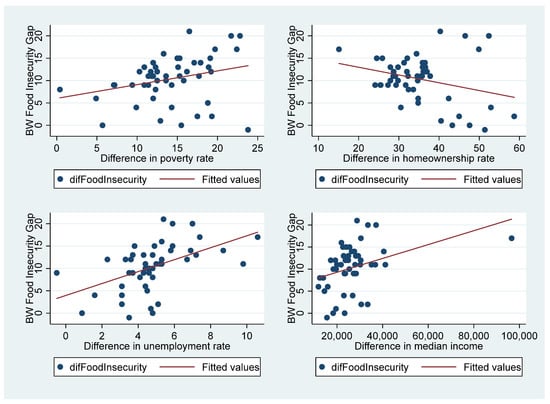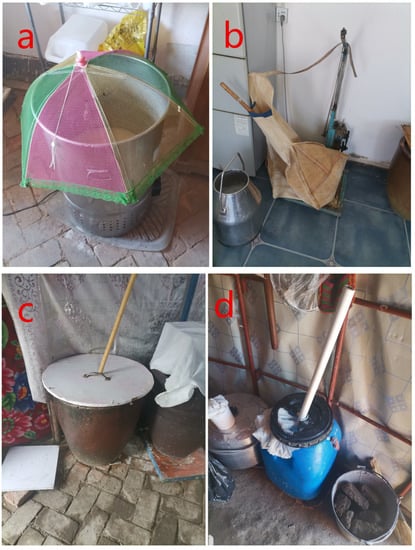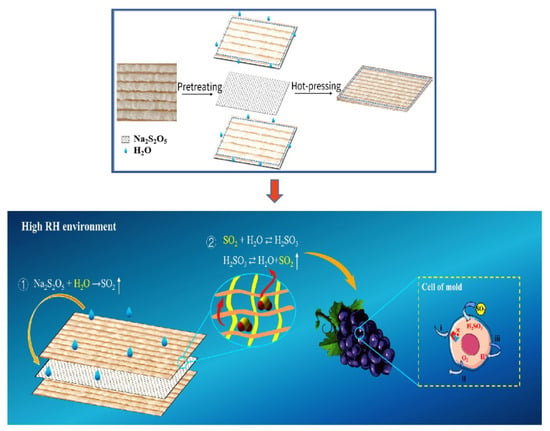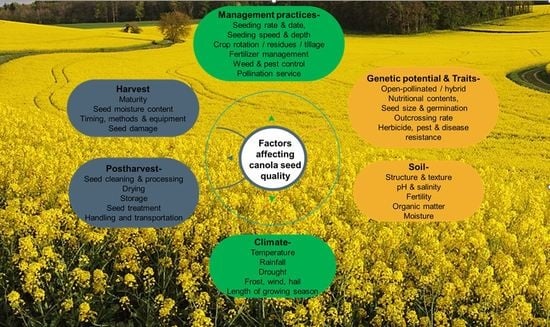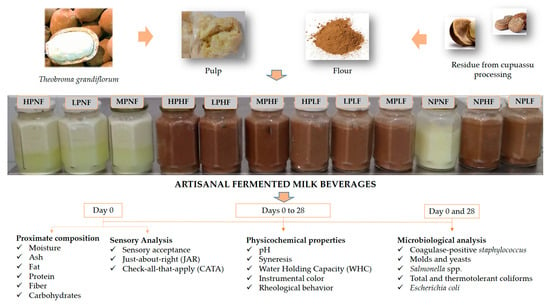Foods 2023, 12(11), 2229; https://doi.org/10.3390/foods12112229 - 1 Jun 2023
Cited by 7 | Viewed by 2483
Abstract
Many plant species characterize tropical forests, and a small fraction has been studied to favor small communities in the food and medicinal fields. The high biodiversity of these regions allows for the proposed alternatives for the valorization of exotic fruits due to their
[...] Read more.
Many plant species characterize tropical forests, and a small fraction has been studied to favor small communities in the food and medicinal fields. The high biodiversity of these regions allows for the proposed alternatives for the valorization of exotic fruits due to their rich content of value-added compounds that benefit human health. This work focuses on improving the nutritional characteristics of the açai production chain by mixing it with noni and araza. As a main result, it was possible to enhance the organoleptic and nutritional characteristics of the fruits after freeze-drying. Then, the seeds and peels of the fruits were valorized by the extraction of bioactive compounds with conventional methods and biogas production by anaerobic digestion. The best compositions of antioxidant capacity and total phenolic compounds were obtained for the extracts based on the araza peel, with values of 116.4 µmol and 276.6 mg of gallic acid per 100 g of raw material, respectively. Regarding biogas production, the anaerobic digestion performance was influenced by the C/N ratio. The experimental results were used as input to simulate small-scale processes. From a technical point of view, the scheme of açai, noni, and araza mixture (Sc. 4) showed the highest mass yields (0.84 kg products/kg RM) and energy requirement (2.54 kW/kg RM). On the other hand, the processing of single açai (Sc. 1) presented the lowest capital costs (1.37 M-USD) and operating costs (0.89 M-USD/year). However, all scenarios showed techno-economic feasibility and demonstrated the potential of these fruits to valorize the açai market.
Full article
(This article belongs to the Section Plant Foods)
►
Show Figures

